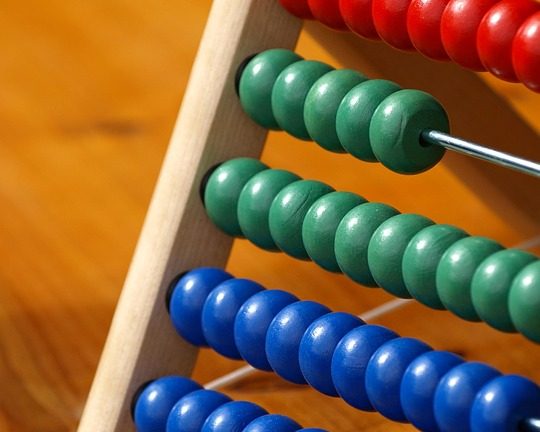Unlocking Brain Potential: The Science Behind Mental Ability
Thu, 20 Nov 2025

Follow the stories of academics and their research expeditions

The International Mathematical olympiad (IMO) is the most prestigious and competitive mathematics competition for high school students worldwide. Held annually, the IMO brings together the brightest young minds from over 100 countries to compete in a grueling test of mathematical prowess. In this article, we’ll delve into the world of the Math Olympiad, exploring its history, format, and what makes it so special.
History of the Math Olympiad
The first International Mathematical olympiad was held in 1959 in Romania, with seven countries participating. The brainchild of Romanian mathematician and educator, Ion Nicula, the IMO was designed to promote mathematical excellence and foster international cooperation among students. Since then, the competition has grown exponentially, with more countries and participants joining each year.
The Competition Format
The Math Olympiad is a two-day competition, where students are presented with six challenging mathematical problems to solve. The problems cover various areas of mathematics, including algebra, geometry, number theory, and combinatorics. Students have four and a half hours to complete each set of three problems, with a short break in between.
The competition is individual, with students working alone to solve the problems. The highest-scoring students are awarded medals: gold, silver, and bronze. The top-performing country is also awarded a team trophy.
What Makes the Math Olympiad So Challenging?
The Math Olympiad is renowned for its demanding problems, which require a deep understanding of mathematical concepts, creativity, and problem-solving skills. The questions are designed to test not only mathematical knowledge but also critical thinking, logical reasoning, and analytical abilities.
To succeed in the Math Olympiad, students need to have a strong foundation in mathematics, as well as a passion for problem-solving and a willingness to think outside the box. The competition is so challenging that even experienced mathematicians and professors often struggle to solve the problems.
Benefits of Participating in the Math Olympiad
Participating in the Math Olympiad offers numerous benefits for students. It:
Notable Alumni
Many Math Olympiad participants have gone on to become leading mathematicians, scientists, and engineers. Some notable alumni include:
Conclusion
The Math Olympiad is a celebration of mathematical excellence, creativity, and international cooperation. It provides a unique opportunity for young minds to showcase their talents, learn from each other, and develop essential skills for success in mathematics and beyond. As the competition continues to grow and evolve, it remains an inspiring and challenging event that shapes the next generation of mathematicians, scientists, and problem-solvers.
Thu, 20 Nov 2025

Thu, 20 Nov 2025

Leave a comment